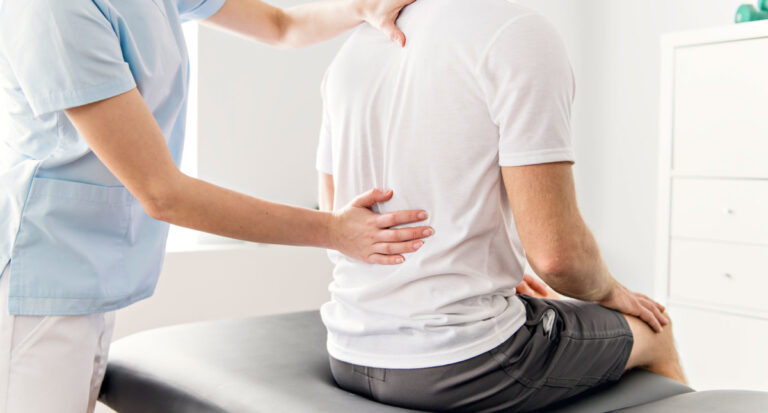By Dr. Sheetal Deo, specializing in Physical Medicine & Rehabilitation
A common yet crucial question in physical medicine and rehabilitation: “Should I use heat or ice for my injury or soreness?” This seemingly simple query has significant implications for your healing process. Here, we combine scientific facts, data, and expert opinions to guide you through the best practices for using heat and ice in treating physical ailments.
Understanding the Basics: Heat vs. Ice
First, let’s explore the basic principles behind using heat and ice for injuries and soreness. Heat therapy, also known as thermotherapy, involves applying warmth to affected body parts. It works by increasing blood flow, relaxing muscles, and soothing discomfort. On the other hand, cryotherapy, commonly known as cold therapy, involves applying ice or cold packs to reduce inflammation (swelling) and numb pain.
When to Use Heat
Heat therapy is ideal for chronic conditions, muscle pain, and stiffness. According to a study published in the Journal of Clinical Medicine (2021), heat application can significantly improve muscle flexibility and reduce soreness after exercise. Furthermore, the American Journal of Physical Medicine & Rehabilitation highlights that heat therapy can reduce pain in patients with chronic lower back issues.
Key Takeaways:
- Use heat for chronic conditions and muscle stiffness.
- Helps in improving muscle flexibility.
- Effective for chronic lower back pain.
When to Use Ice
Ice therapy is best for acute injuries, inflammation, and swelling. The New England Journal of Medicine reports that applying ice within the first 48 hours of an injury can substantially reduce inflammation. Additionally, a study in the Journal of Athletic Training (2019) found that ice application after acute muscle injuries can speed up the healing process.
Key Takeaways:
- Ideal for acute injuries and inflammation.
- Should be used within the first 48 hours post-injury.
- Can accelerate the healing process of acute muscle injuries.
Practical Tips for Application
Here are some practical tips for applying heat and ice:
- Duration: Apply heat or ice for 15-20 minutes at a time.
- Frequency: Repeat every 2-3 hours for the best results.
- Protection: Use a barrier like a towel to protect your skin.
*If alternating between heat and ice, allow a minimum of 20-30 minutes between each to allow skin to return to room temperature first.*
When to Consult a Professional
While heat and ice can be effective for minor injuries and discomfort, it’s crucial to consult a Physical Medicine & Rehabilitation doctor for severe or persistent pain, lasting loger than 1-2 weeks. Our multidisciplinary team specializes in providing personalized treatment plans that incorporate the latest in rehabilitation science.
The Role of Osteopathic Medicine
Osteopathic Physicians use Osteopathic Manipulative Medicine (OMM), which is hands-on care to identify structural problems and support the body’s natural tendency toward good health and healing. The goal of treatment is to improve the body’s structure to encourage its natural abilities to return to a state of health.
Osteopathic Manipulative Medicine (OMM) technics are vast but generally involve the maneuvering of a patient’s muscles and joints via stretching, gentle pressure, and resistance. Treatment types include, but are not limited to: Soft Tissue Techniques, Myofascial Release Techniques, Articulatory Techniques, Balanced Ligamentous Tension, Cranial Osteopathy, Lymphatic Techniques, and Muscle Energy Techniques.
All of these different hands-on methods address the essential relationship between the body’s structure (anatomy) and how well it will function (physiology). Therefore, when the physical structure is strained or under constant stress, this can lead to pain and inflammation in the spine or joints.
Conclusion
In conclusion, understanding when to use heat or ice can significantly impact your recovery from physical ailments, injuries, or soreness. Remember, heat is best for chronic conditions and muscle stiffness, while ice is ideal for acute injuries and inflammation. However, for optimal treatment and recovery, consulting with a Physical Medicine & rehabilitation specialist is always recommended. Incorporating the use of Osteopathic Manipulative Medicine will only further expedite the recovery process.
We hope this guide has been informative and helpful. For personalized advice and treatment, feel free to contact our office and schedule a consultation with our experts. Your journey to recovery is just a call away!
For more information or to schedule a consultation, please contact Sheetal Deo Medical P.C. at 212-596-4360 or www.DrSheetalDDeo.com







